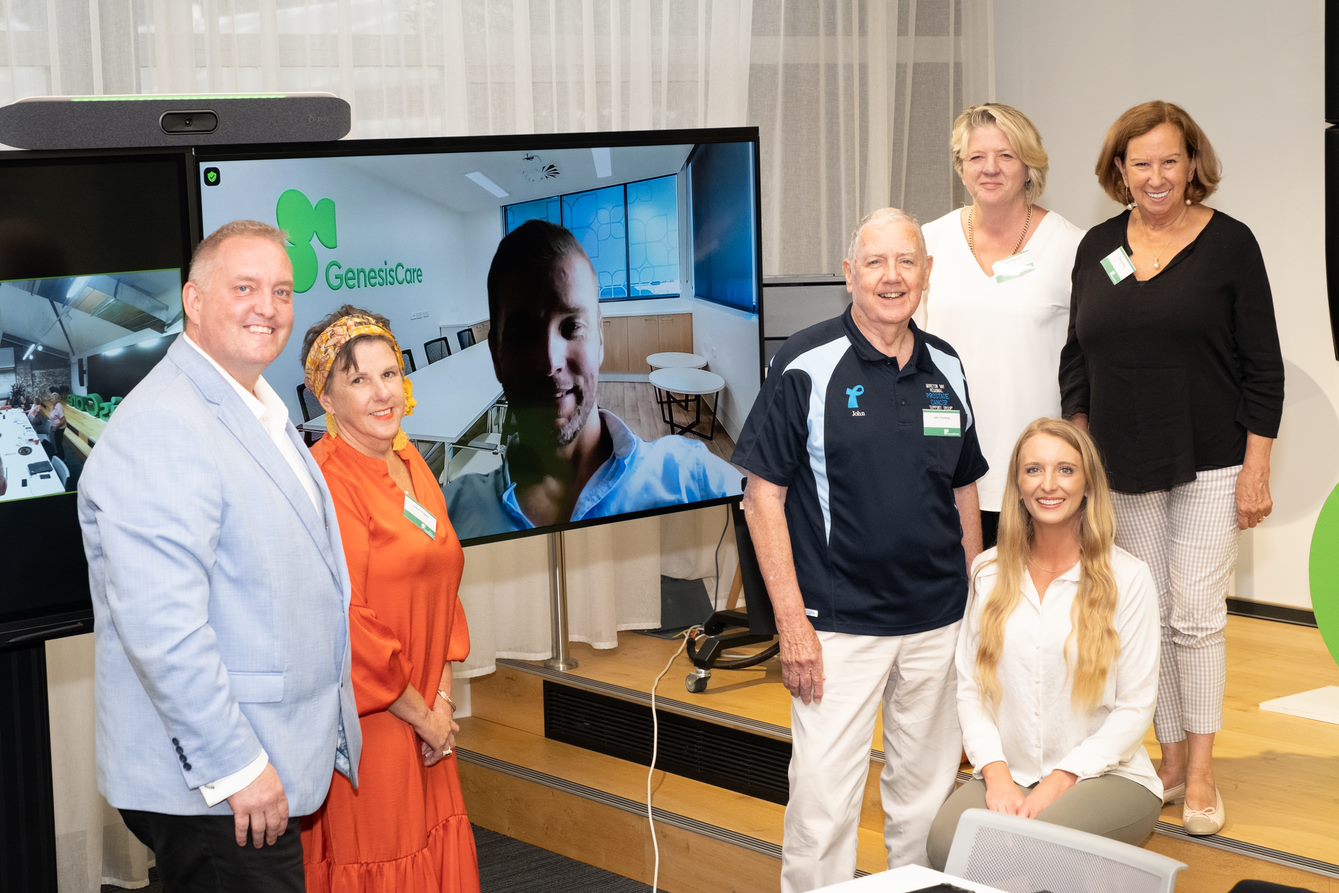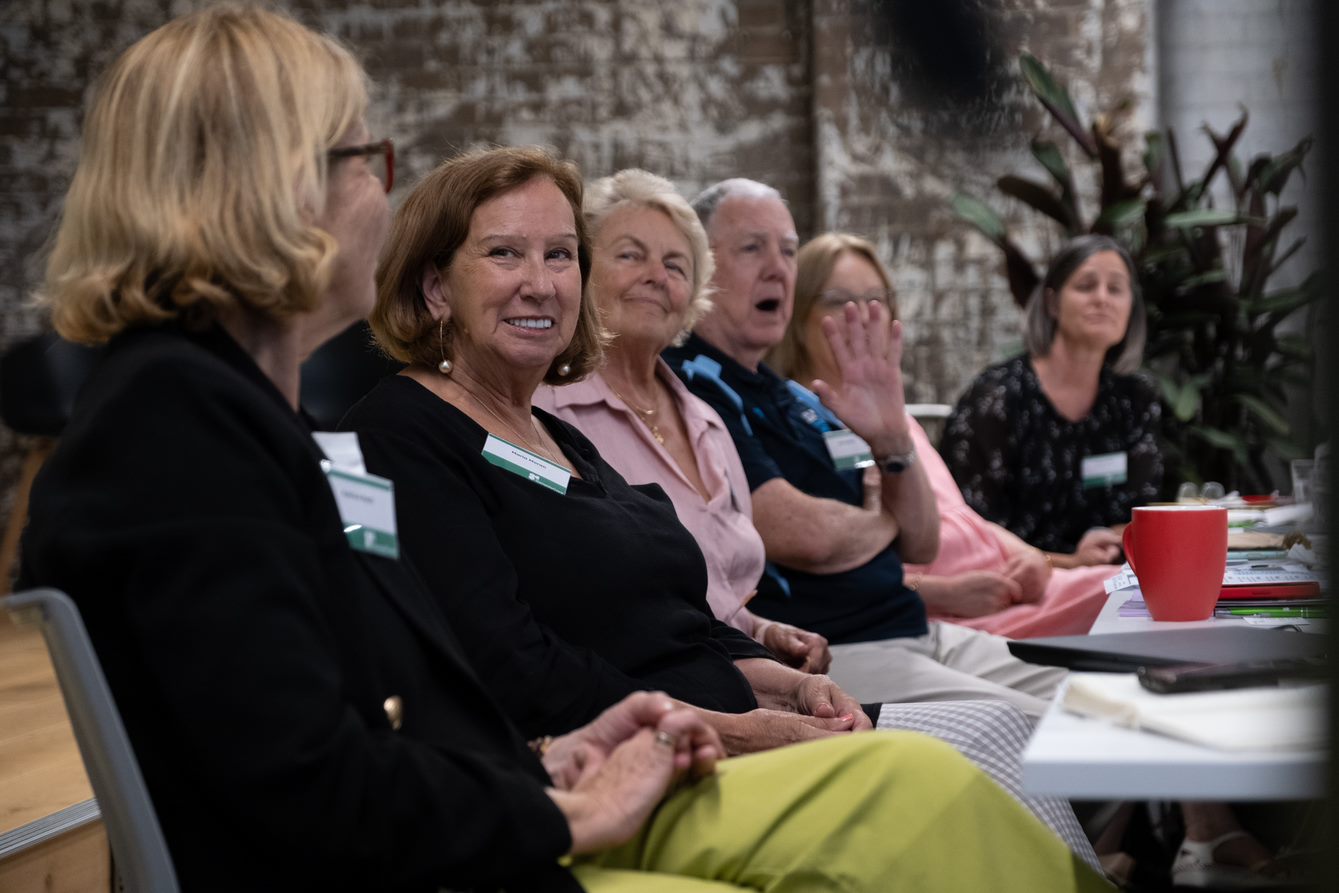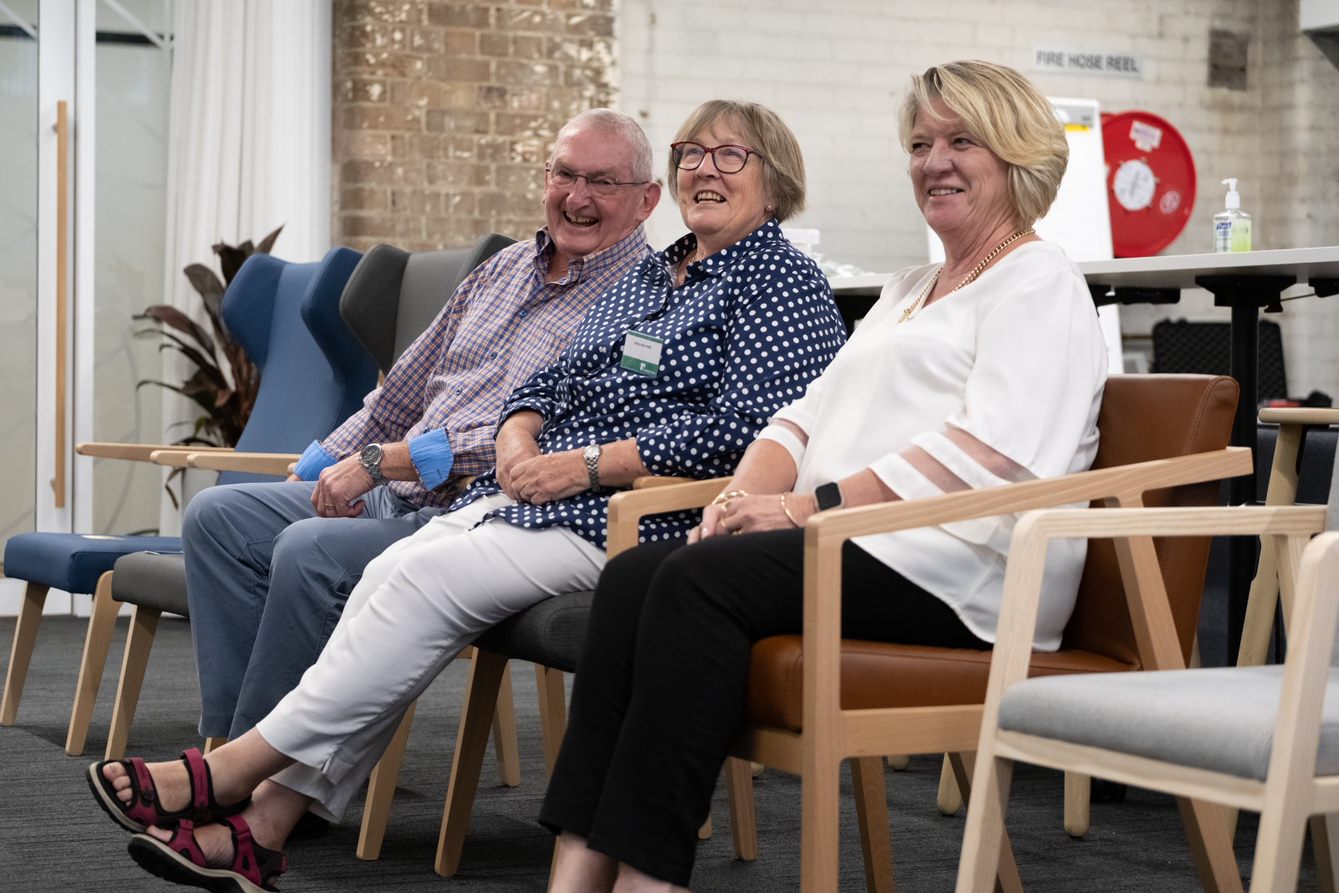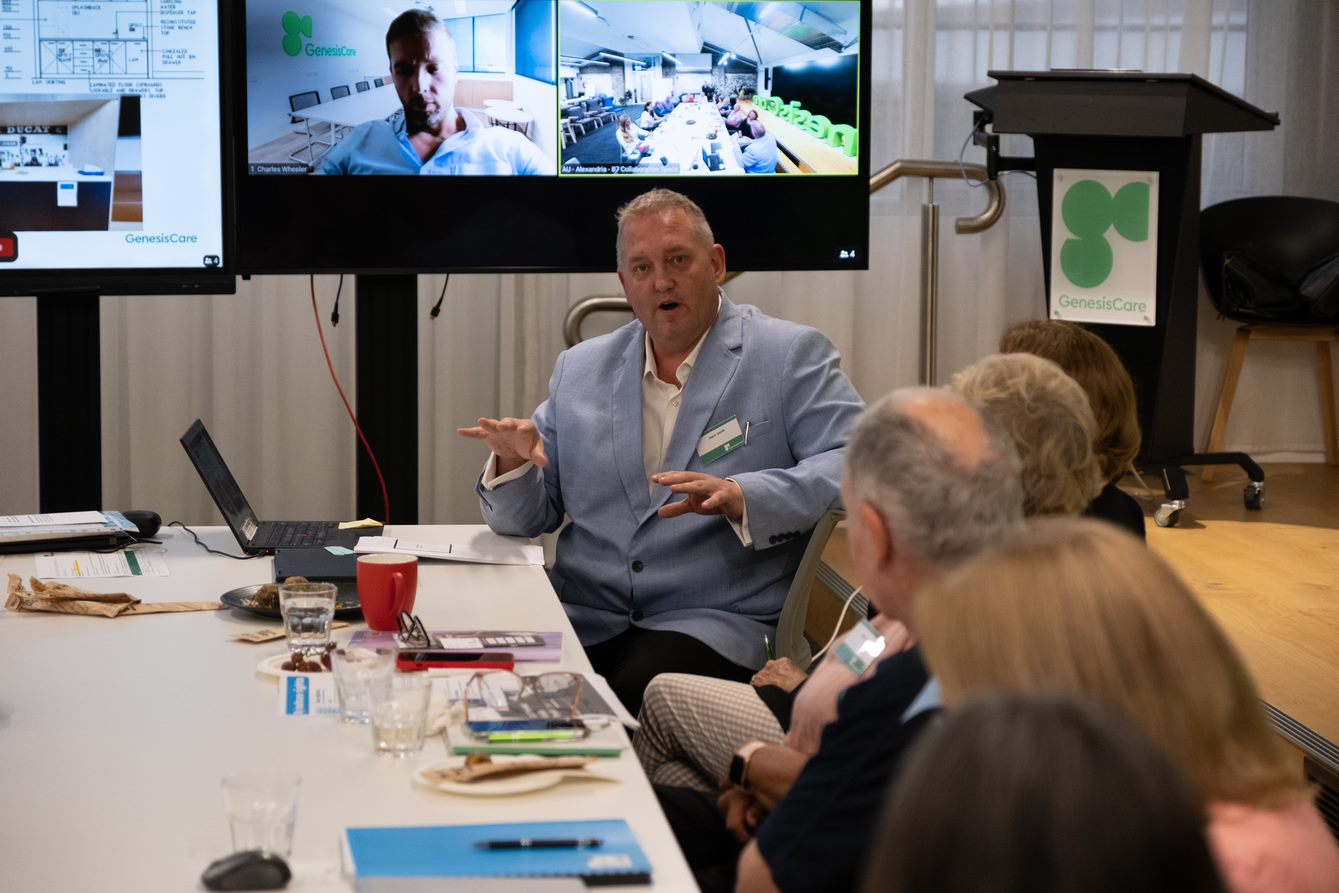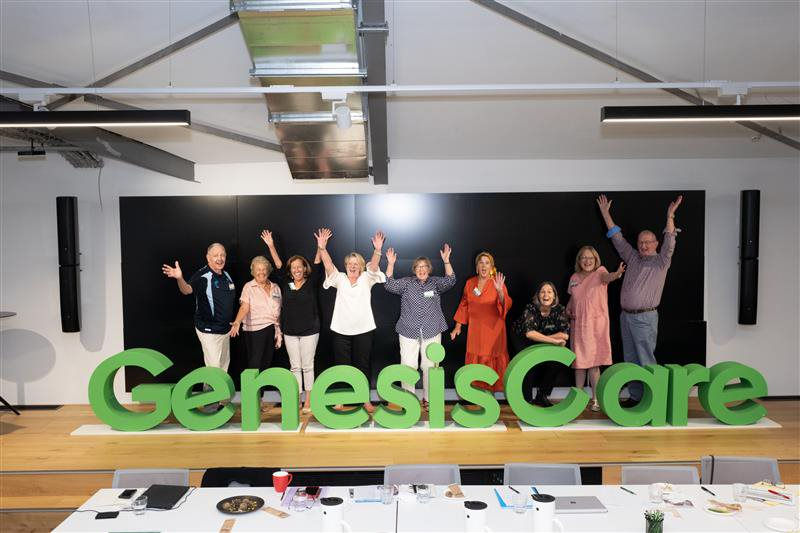Patients as trusted advisors in the design of cancer centres
GenesisCare believe that one of the best ways of enhancing quality-of-care is to listen to and partner with people who have been affected by cancer. Using this experience, our consumer partners offer suggestions and make an active contribution in the planning, delivery, and continuous improvement of our services.
Recently, one of our focuses has been on co-designing our centres in collaboration with our consumer partners. To do this, we start with surveys, interviews, focus groups, and speaking with the GenesisCare Consumer Advisory Committee (CAC). These insights have led to the creation of a set of patient principles that can help guide the design of our cancer care centres.
Our New Site Development team has developed what we call the “Build and Refurbishment” playbook that keeps these patient principles at the fore. This playbook takes an 80/20 approach to developing new centres – with 80% of the design coming from high levels of design standardisation, while 20% of the design is flexible to allow room to address challenges unique to the location or building site, as well as meeting local community needs.
Our New Site Development team takes co-design seriously, and recently attended the quarterly GenesisCare Consumer Advisory Committee meeting to review these patient principles for the physical environment of our centres, in-person.
“Partnering with patients can actually be quite easy to do because there are established systems and processes to engage with them here at GenesisCare” shared Mark Smith – Senior Director Platform Solutions.
As the team reviews and updates the “Build and Refurbishment” playbook, they are working to ensure that patient voices are being heard and reflected in the design choices for each of our cancer care centres as much as possible.
“When it comes to selecting soft furnishings, such as waiting room chairs, we consider a variety of options. We showcased a range of chairs during the Consumer Advisory Committee meeting where members trialled the chairs themselves to make a final selection based on comfort, height, hygiene, and general overall look. The selected chairs will likely be the chair of choice in the playbook going forward.” – Melissa MacRae – Group Brand Asset and Integration Manager.
“This Consumer Advisory Committee meeting has been great timing for me as I’m relatively new to the organisation, and it’s important for me to understand what patients value from a physical design perspective. Having the opportunity to learn first-hand from patients is invaluable and much more meaningful than just reading a set of principles”– Charles Wheeler, Vice President Site Development
When it comes to the physical environment, these principles capture key features of centre design that consumer partners believe may be of most value. Our patients have highlighted functional aspects of design that may help to make their visits run smoothly – things such as bathroom access, clear signage, charging stations, and the need for comfortable chairs with arms. Beyond the day-to-day function of a centre, consumer partners have also highlighted the importance of those smaller details that help to create a warm, comfortable, and calming environment that may benefits and supports their emotional well-being during their visits.
References
- GenesisCare. A patient’s perspective of oncology Australia. 2019 report.
- NSW Health Agency for Clinical Innovation. Co-design toolkit. Available: https://aci.health.nsw.gov.au/projects/co-design [accessed February 2023].
- Office of the Victorian Government Architect. Good Design + Health. October 2022. Available: https://www.ovga.vic.gov.au/good-design-health [accessed February 2023].
